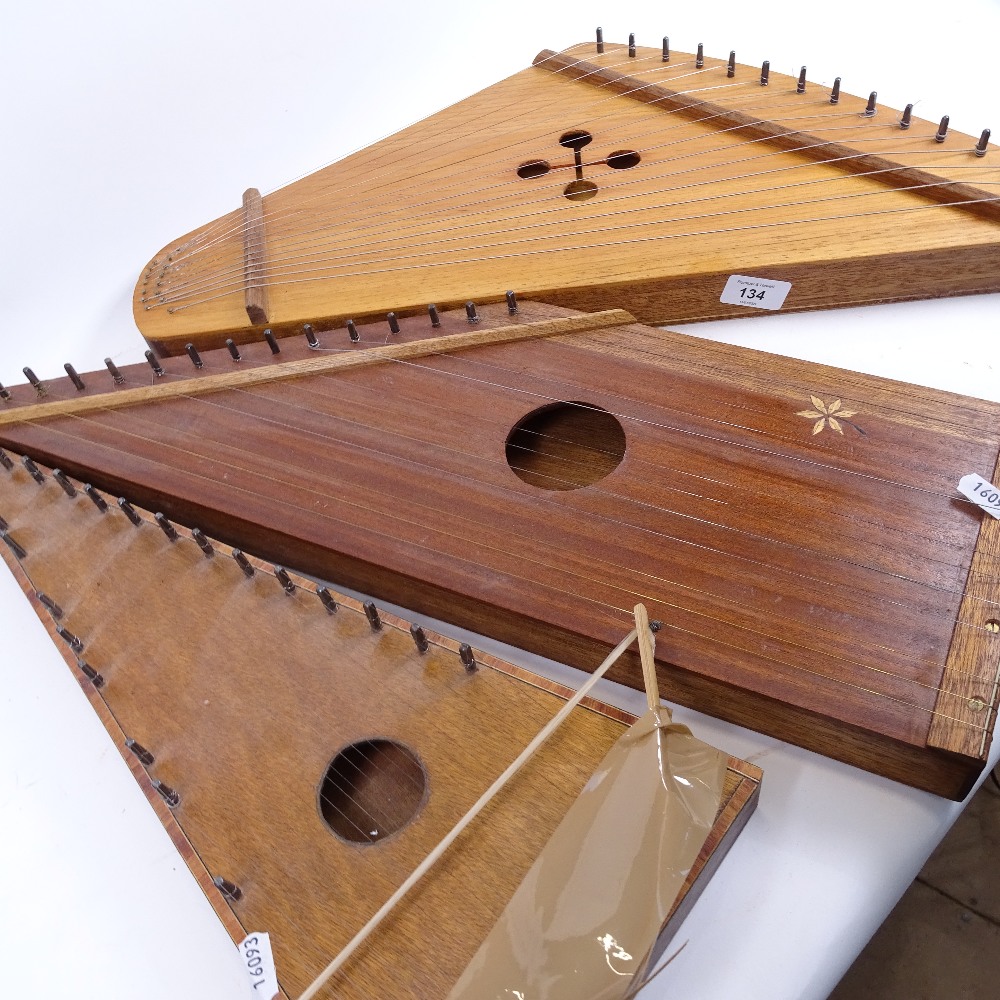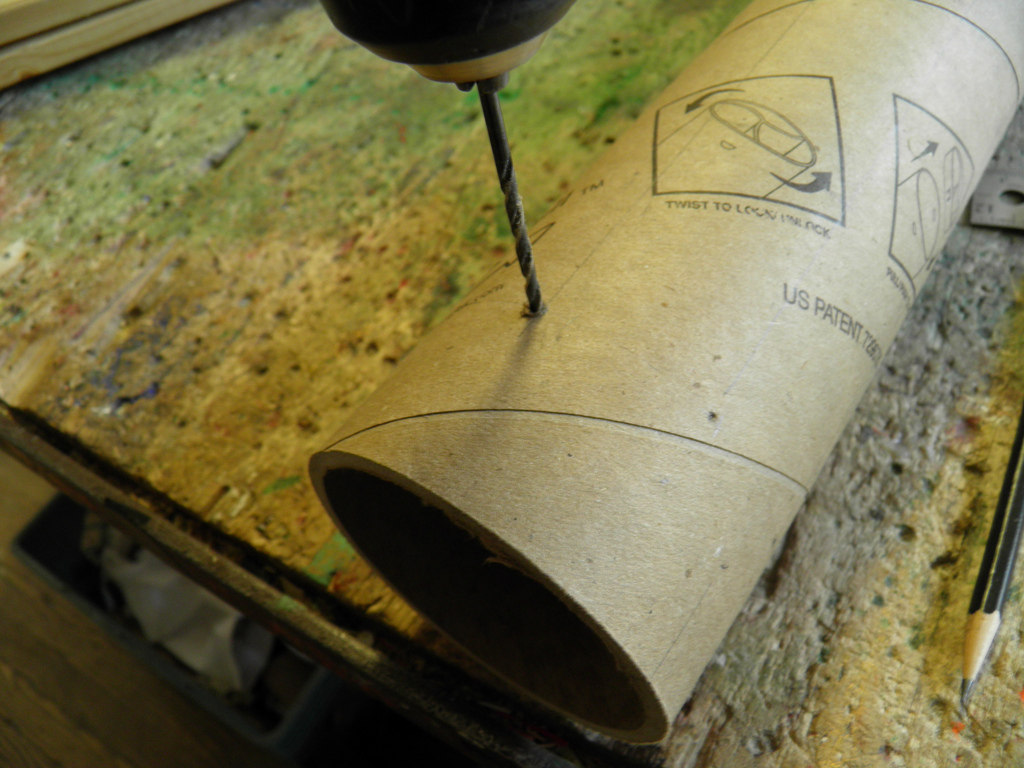

It is not entirely clear if the melodies encoded in the Kinkafu were newly-composed late-tenth-century ones or whether they were transcriptions of a longer oral tradition. But what is relevant to our discussion here is that a few centuries later, specifically in 981 CE, several of the songs from the Kojiki and Nihon Shoki were preserved in music notation in the Kinkafu 琴歌譜 (literally “notation of zither songs”), one of the oldest extant examples of music notation to come out of Japan. It is unclear exactly how musical all of these songs (歌) were originally meant to be-the line between “song” and “poem” often seems more or less nonexistent at this time.

Like the Kojiki, the Nihon Shoki (“Chronicles of Japan,” 720 CE), also contains many phonetically-written songs and the songs in these two chronicle documents preserve Old Japanese phonetics and syntax better than almost any other source. This mixture of languages and modes of inscription is not entirely unique to the Kojiki, though other texts that deal with it do it differently-it is clear that the Kojiki was written in a time when the whole notion of writing in Japanese was still being thought out. Moreover, I aim to draw attention to the medium through which the Japanese tale of the zither is told, namely a mixture of classical Chinese, written with Chinese characters functioning logographically, in Chinese syntax and some words and phrases in vernacular Japanese, written with Chinese characters functioning phonetically (like 阿蘓婆勢 for asobase, “play”). Thus we do not always know specifically which instrument qín may have been referring to in Japanese texts like the ones in question: qín could indicate different zithers in different contexts. I use this general word because while the word qín originally referred only to a specific ancient Chinese zither, that instrument’s high prestige led the word qín to be applied to other zithers in other places as well. By zither I mean a stringed instrumentin which the strings are stretched across an oblong, flat wooden body. I have primarily translated the word qín as “zither” because it is a broad organological category. Rather, I want to focus on what specific instrument the word qín indicates in this context. The apparently magical properties of the zither ( qín) as narrated in the Kojiki, however, is not my focus here.

But it is to no avail-a moment later, the emperor has been struck dead. This is where Takenouchi expresses his fear, and asks the emperor to play the zither, which he does. As the emperor doubts the god’s word and is reluctant to carry out the task, the god threatens him. The emperor has been ordered by a god to cross the sea and conquer the supposedly treasure-filled Korean kingdom of Shilla. The above quote, ascribed to the long-lived courtier Takenouchi no Sukune, occurs during what ends up being the death scene of Emperor Chūai, which canonically occurs in 200 CE. It begins with the separation of heaven from earth as the first gods are born and ends with the reign of Empress Suiko at the turn of the seventh century. This statement of fear, urging the emperor to play his zither ( qín), comes from the Kojiki 古事記, Japan’s oldest extant work of literature, completed in 712 CE, which compiles myths, legends, and some actual history of early Japan into a mostly-seamless three-volume whole. 阿蘓婆勢 is not a Chinese word-it in fact phonetically represents the Old Japanese word asobase, quite literally “play” (in the imperative). But what of the footnote in small type after the main text? It says that the characters 阿蘓婆勢 are to be read phonetically, which is to say they are not to be read for their meaning. The above utterance looks like Chinese-and in fact, most of it is. My emperor, play the great honored zither now.įrom 阿 to 勢 in accordance with their sounds.


 0 kommentar(er)
0 kommentar(er)
